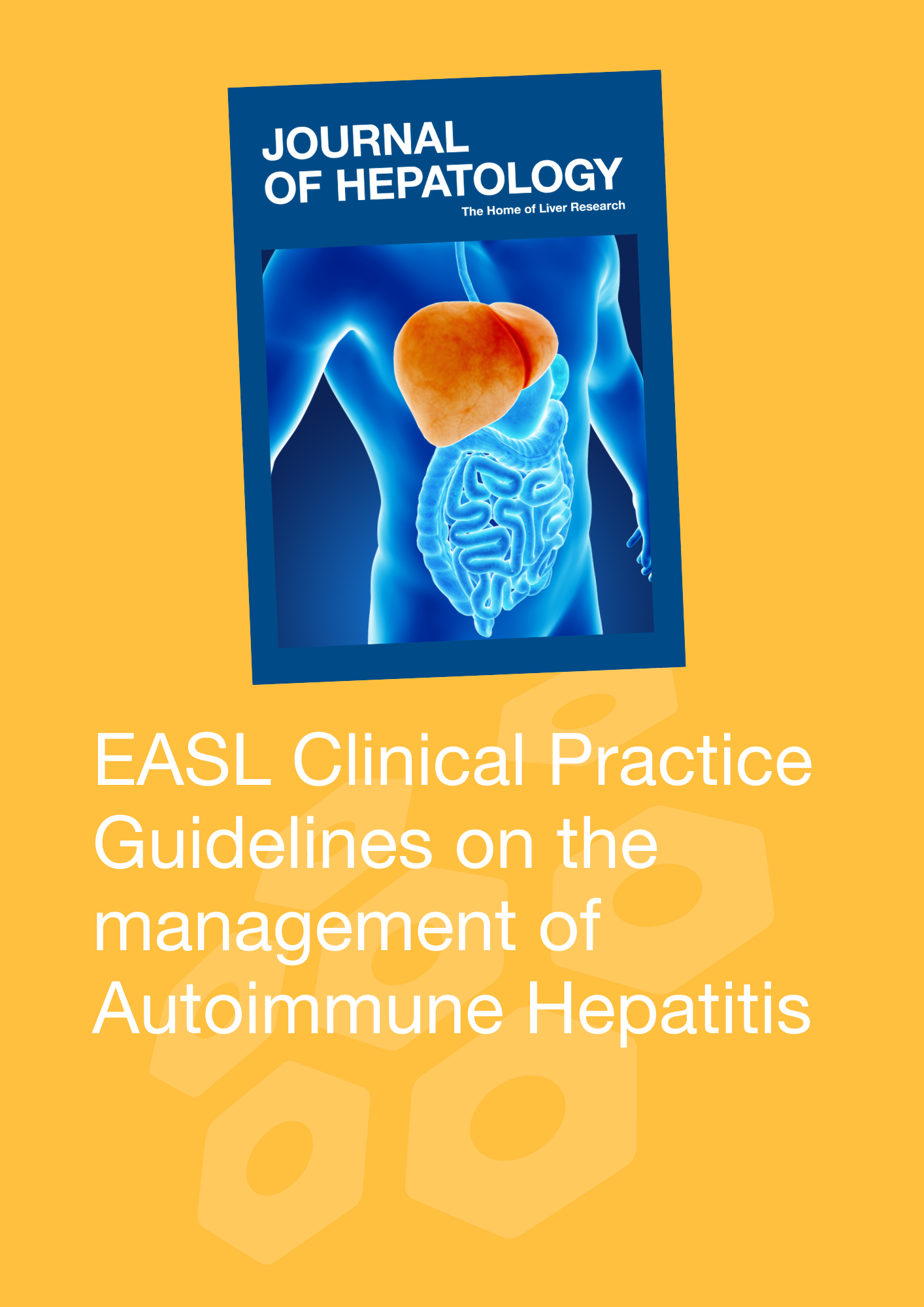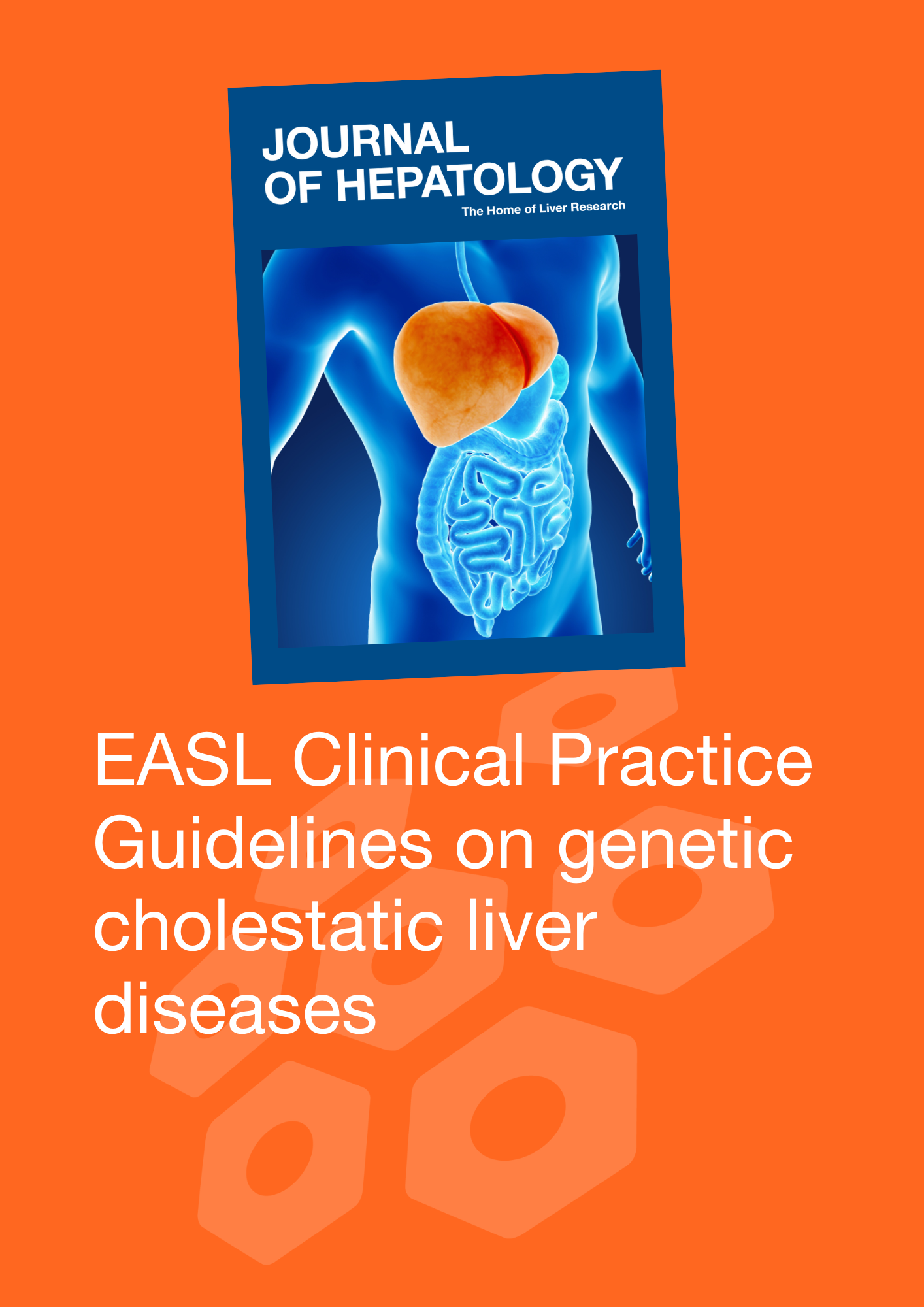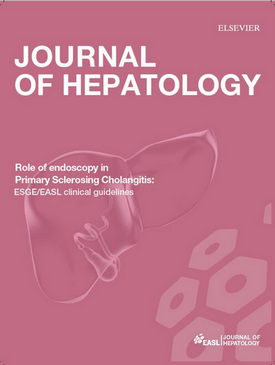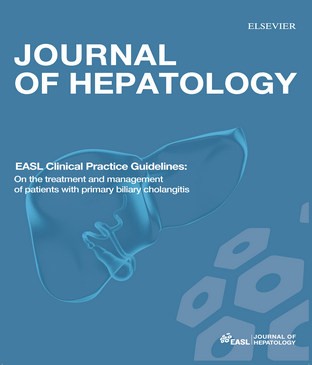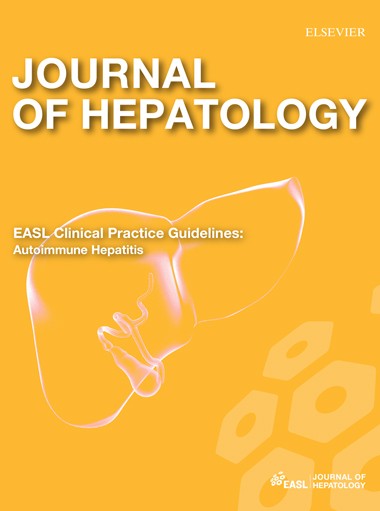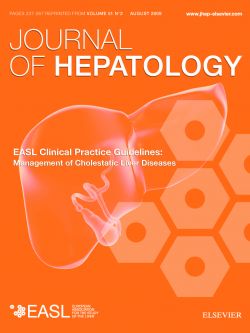EASL Clinical Practice Guidelines on the management of autoimmune hepatitis
Autoimmune hepatitis (AIH) is a chronic liver disease of unknown aetiology which may affect any patient irrespective of age, sex, and ethnicity. At baseline, the clinical spectrum of the disease varies largely from asymptomatic cases to acute liver failure with massive hepatocyte necrosis. The aim of these EASL guidelines is to provide updated guidance on the diagnosis and management of AIH both in adults and children. Updated guidance on the management of patients with variants and specific forms of AIH is also provided, as is detailed guidance on the management of AIH-associated cirrhosis, including surveillance for portal hypertension and hepatocellular carcinoma, as well as liver transplantation in decompensated cirrhosis.

